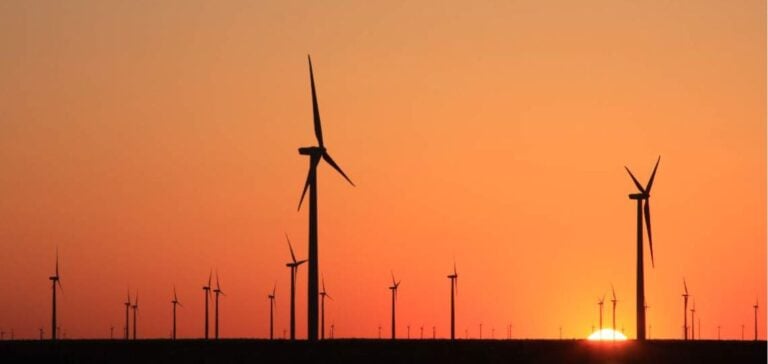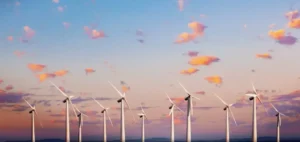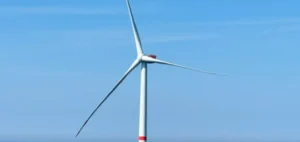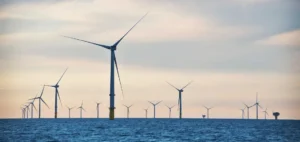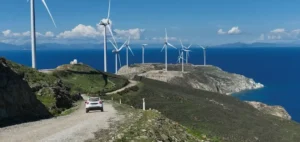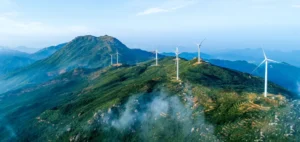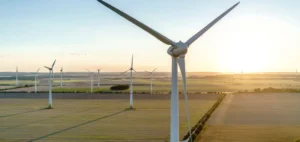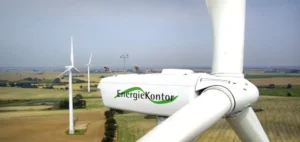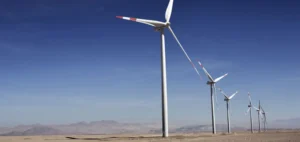According to Wood Mackenzie’s latest report, cumulative onshore wind capacity in South America is set to double to 79 gigawatts (GW) by 2033. Developers plan to add 40 GW of new capacity over the next decade. In 2023, a record 5.9 GW of onshore wind additions were reached in South America, largely thanks to a rush in Brazil to secure expiring transit fee subsidies. A record also reached on a global scale.
Brazil leads the way
Despite limited visibility of energy demand, Brazil continues to dominate the market as the largest contributor to regional growth. The country alone will account for 54% of the region’s total growth, adding 21.5 GW by 2033. Chile and Argentina will follow with 6.2 GW and 4.5 GW respectively. All three countries are expected to use commercial and industrial power purchase agreements (PPAs) to support wind power development.
Challenges and opportunities
According to Kárys Prado, senior analyst at Wood Mackenzie, despite a slowdown in policy-driven renewables overcapacity in the two main markets (Brazil and Chile), South America will face limited growth in the medium term. Market recovery will depend on grid upgrades to overcome solar competition and increases in energy demand, such as green hydrogen opportunities.
Transmission infrastructure and the free market
The report indicates that limited transmission infrastructure will remain a challenge for onshore wind in the region, which will face fierce competition from cheap solar PV. The open market, with its negotiable contract terms and large consumers pursuing decarbonization objectives, will remain essential for onshore wind expansion as markets mature in Argentina, Brazil, Chile and Peru.
Regional outlook
Colombia and Ecuador will continue to rely on the regulated market and its centralized auctions to support development. State-owned companies in Bolivia, Guyana and Uruguay should also play a crucial role in promoting onshore wind projects. A clear supply and demand policy is essential to unlock South America’s potential, from diversifying the energy mix to green hydrogen. Onshore wind capacity in South America is expanding rapidly, driven by the free market and large consumers committed to decarbonization. Infrastructure and transmission policies will play a key role in this growth, offering a rich perspective on the region’s energy future.

